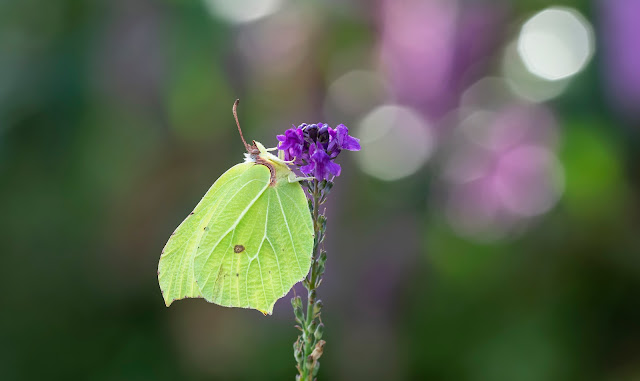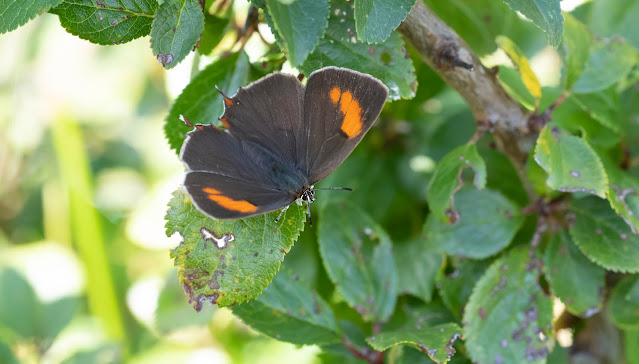%20-%20Copy.jpg)
Followers
Tuesday 26 September 2023
Late Summer Highlights.
%20-%20Copy.jpg)
Wednesday 13 September 2023
The Long-tailed Blue Weekend.
With Lisa living in West Sussex, and myself in East Sussex, we get the chance to explore both sides of the county without having to drive long distances on our days out with wildlife.
With 2023 looking as though it will be the best ever year for the rare Long-tailed Blue this is giving us the chance to see them in many different sites, as well as seeing different stages of their life cycle. We have already seen many eggs this year and also several adults, although these have mostly been from the earlier wave of migrants so have been a little past their best. However, now there are a few really fresh butterflies coming through and our chances of a few special photos are increasing.
Last weekend for us started on Friday, and we ventured out hoping for some Long-tailed Blue activity, but we were thinking that most, or all would still be a little worn, however, we were very happy to see some extremely fresh males and half decent females. One of the the latter we actually saw lay an egg which for a few seconds appeared to be a creamy green colour, before it turned to the usual white.
Monday 4 September 2023
Brown Hairstreak Anniversary.
On the 25th August 2021 I was doing a recce for my first Sussex Butterfly tour for Naturetrek in which Pete and I headed over to West Sussex to check out a couple of sites that I was planning to take my clients to for firstly, Adonis Blue, and then on to another site for the Brown Hairstreak.
The first site was absolutely brilliant for both Adonis Blue and Autumn Lady's Tresses and the 2nd site for the Brown Hairstreak was a little more challenging, but in the end we did see a couple of them.
It was at this 2nd site though, that I bumped into an enthusiastic lady that was hoping for the same thing. It was unlike me to start up a conversation, but that is what I did. Almost straight away we felt comfortable chatting away, and then we had that magical moment when a Brown Hairstreak appeared. That is basically how Lisa and I met.
Strangely, we bumped into each other a little over a week later when I was in the middle of the tour when she was looking for a Wryneck and I was hoping for a Long-tailed Blue.
Over the next year we had the odd meet up looking for butterflies and other wildlife. Having only lost my lovely Penny some four months earlier I certainly wasn't thinking of starting a new relationship when we first met, but over a year later feelings between us did start to strengthen and eventually we became partners, strengthened by our love of the natural world.
On the 2nd anniversary of our first meeting, we went to the same site, once again to look for Brown Hairstreaks. This time, instead of seeing just a couple, we saw around 8. Not only that, but we had extended views of them and both managed to get some lovely photos of them.
It was totally by chance that we bumped into each other that day back in 2021, but it just shows that you never know what, or who, is around the corner!!
After our wonderful Brown Hairstreak day we then went out celebrating with a fabulous meal. Hopefully we will have many more brilliant wildlife days together.



%20-%20Copy.jpg)










.jpg)

.jpg)






